‘The movement of nurses away from hospital employment may be the most damaging health care workplace impact of the pandemic,’ a 2023 report states.

A 40-year record high of 100,000 nurses left their jobs in 2021, according to a study published in Health Affairs Forefront in April 2022.
The study noted that the exiting nurses were primarily younger, rather than the expected age group of above 50.
“A sustained reduction in the number of younger age [nurses] would raise ominous implications for the future workforce,” the study stated.
A report by the American Association of Colleges of Nursing published in October 2022 blames the losses on general trends such as retirement, a lack of education and training for replacements, and the rapid growth of an aging population that requires health care services.
Several nurses who spoke to The Epoch Times largely blame the exodus on the corporatization of health care and the vaccine mandates imposed on nurses.
The nursing shortage had long been a problem before COVID-19. When hospitals began operating like corporations instead of as a refuge for the sick, nurses became disillusioned with the occupation, nurse Irene Ricks told The Epoch Times.
Then, came the pandemic and, with it, a slew of new requirements.
“Not only were nurses having to take on a huge load of patients, but they were also being told to do things that they didn’t feel right about,” Ms. Ricks said.
“Then, they were being told they had to be vaccinated or they would lose their job.”
The vaccine mandate “was the straw that broke the camel’s back,” Ms. Ricks said.
“It made nurses quit or retire in droves.”
A 2023 report by AMN Healthcare, which is the result of a January survey of 18,000 registered nurses nationwide, found that 30 percent of nurses said they’re likely to leave their careers because of the pandemic, up 7 percentage points from 2021.
“The movement of nurses away from hospital employment may be the most damaging health care workplace impact of the pandemic,” the report states.
A full 94 percent of respondents said there’s a “severe or moderate shortage of nurses” in their area.
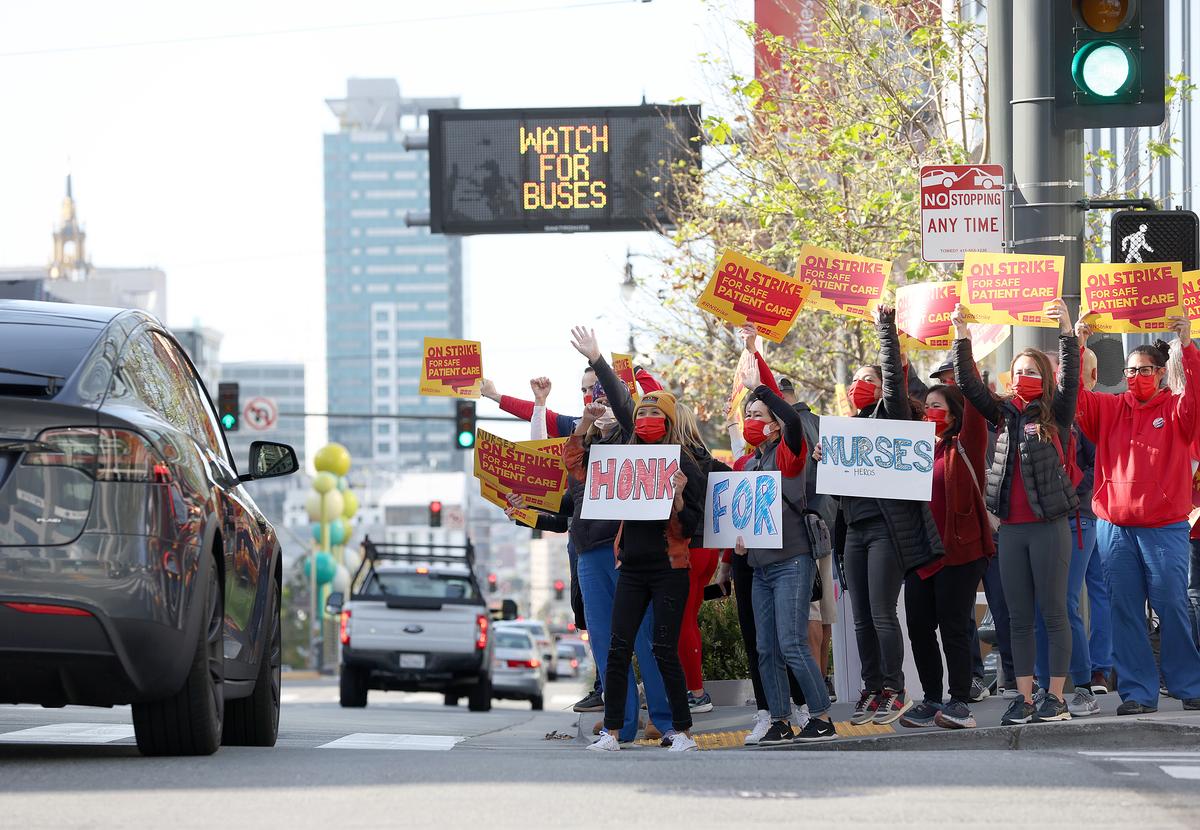
“Nurses forever have gone into difficult places with deadly diseases, and people were happy and amazed at their sacrificial attitude to help people,” nurse Twila Brase, co-founder of the Minnesota-based Citizens’ Council for Health Freedom and founder of The Wedge of Health Freedom, told The Epoch Times.
“Yet, suddenly, the entire health care system turned on its head and said, ‘The biggest thing is to not take care of people but to comply. And we are willing to put patients at risk because if you don’t comply, you’re going to be terminated.’”
The nurses who were celebrated as heroes at the beginning of the pandemic were suddenly considered pariahs if they didn’t take the vaccine.
Some hospital systems imposed their own vaccine mandates, such as Houston Methodist in Texas, which announced a mandate in March 2021 and gave employees until June of that year to be fully vaccinated. By June 22, 2021, 153 employees either resigned or were fired.
A total of 1,400 employees at New York-based Northwell Health either resigned or were terminated for refusing the COVID-19 vaccine, according to Becker’s Hospital Review, a website tracking the termination of health care workers over the vaccine. The website includes a list of 55 hospitals and facilities that have fired more than 7,000 health care workers since 2021.
Ms. Brase said the vaccine mandate imposed on health care workers demonstrated the callousness of the corporate system.
“Nurses were essentially being forced to make life-or-death decisions as patients were reporting to them firsthand unusual symptoms that began after they took the injection,” Ms. Brase said.
“And yet hospitals wanted to get rid of them if they didn’t take this vaccine. It’s unreasonable. It’s unscientific.”
Noticing the reluctance within the health care industry to take the vaccine, the Biden administration imposed a vaccine mandate on health care workers on Nov. 5, 2021.
Health and Human Services Secretary Xavier Becerra, through the Centers for Medicare and Medicaid Services, stated that “in order to receive Medicare and Medicaid funding, participating facilities must ensure that their staff—unless exempt for medical or religious reasons—are vaccinated against COVID-19.”
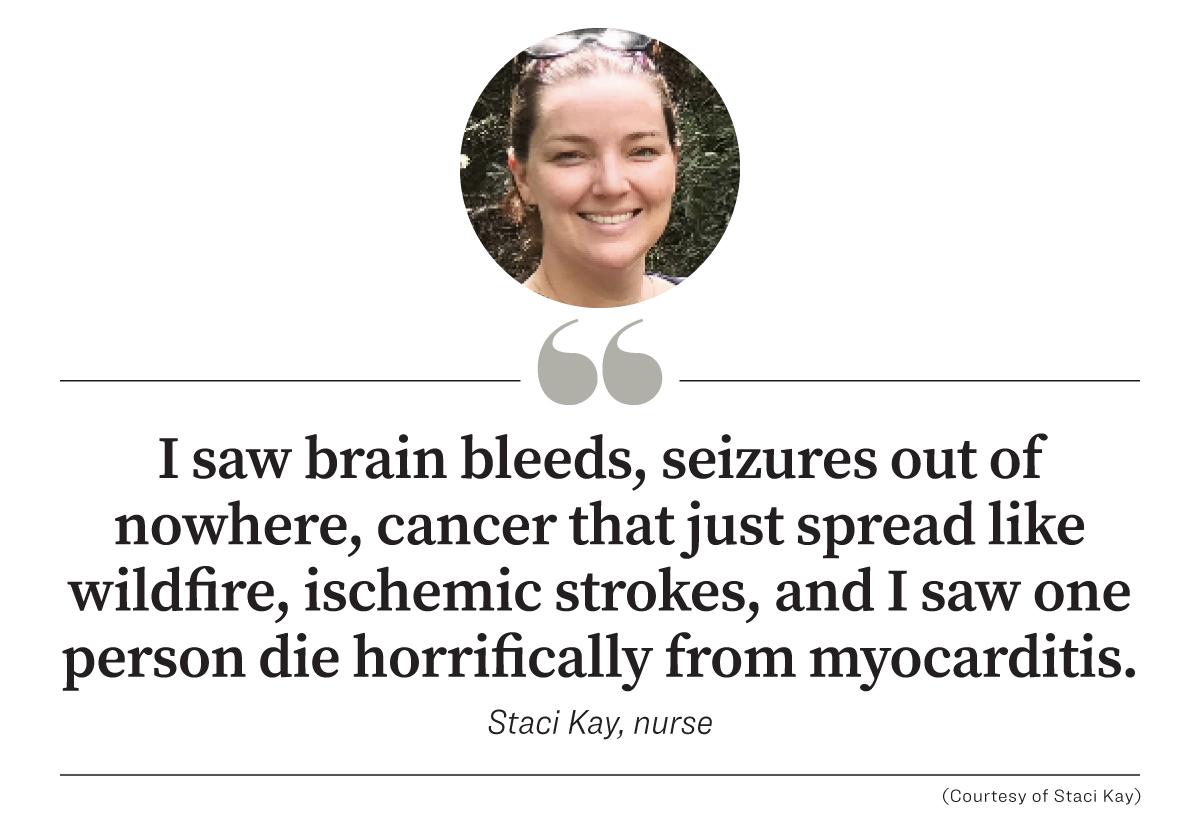
The Supreme Court upheld the mandate in a 5–4 decision issued in January 2022. The decision meant that health care workers were given until March 15, 2022, to get fully vaccinated.
In 2022, North Carolina nurse practitioner Staci Kay revealed to The Epoch Times what she believed to be vaccine injuries.
“I saw brain bleeds, seizures out of nowhere, cancer that just spread like wildfire, ischemic strokes, and I saw one person die horrifically from myocarditis,” Ms. Kay said at the time, noting that the issues “went unacknowledged by our physicians.”
On the outpatient side, she reported conditions such as brain fog, cognitive decline, joint pain, gastrointestinal issues, and neuropathy.
Ms. Kay started her own telemedicine practice after being fired for not submitting to what she described as illogical testing requirements for those who weren’t vaccinated.
Ms. Ricks said she suffered an injury after taking the first two doses of the vaccine. She said she didn’t make the connection to the vaccine until she discussed her symptoms with a co-worker, who said he was suffering the same symptoms.
“That’s when I knew something was going on,” Ms. Ricks told The Epoch Times. She predicts she’ll be suffering the side effects for the rest of my life.
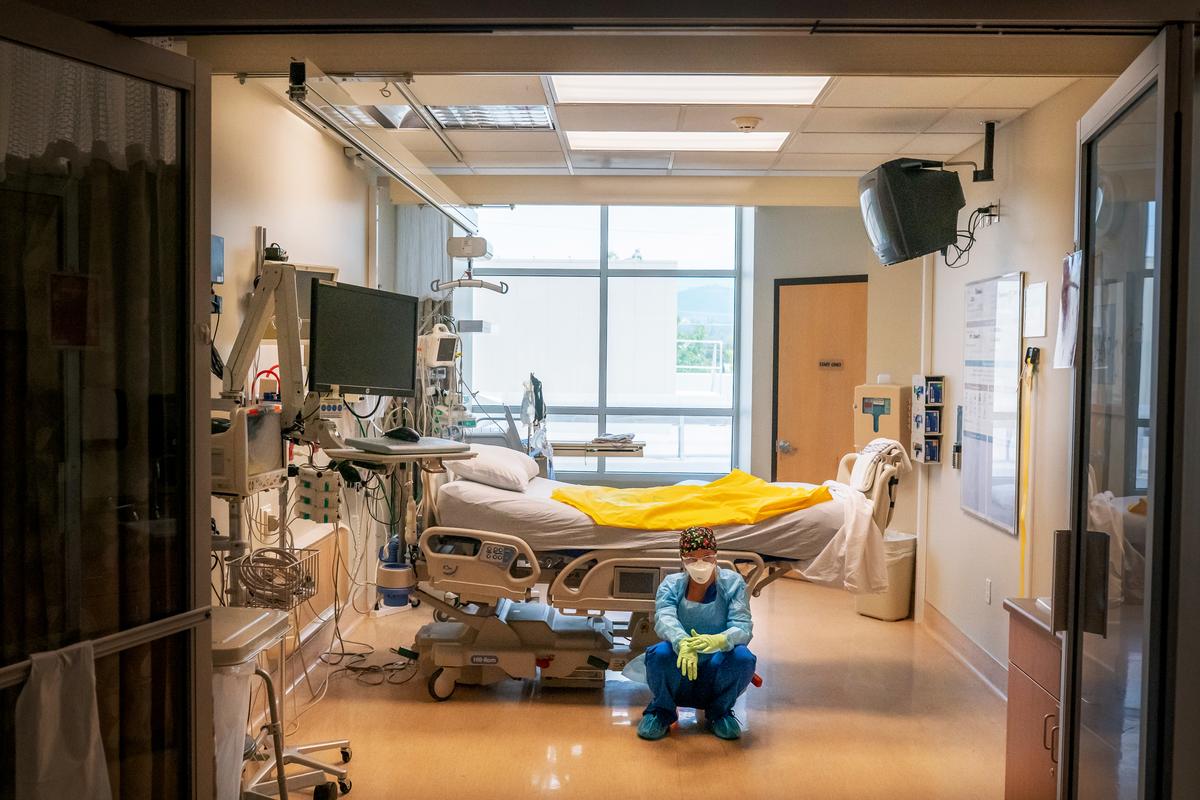
In June this year, the Biden administration announced its plan to withdraw the vaccine mandate for health care workers.
On Nov. 13, without comment, the Supreme Court declined to hear an appeal of a lawsuit filed in 2022 by four New Jersey-based nurses who challenged the constitutionality of New Jersey Gov. Phil Murphy’s executive order requiring the vaccines.
Nurse Sandy Gardner wrote in an article published by the American Bar Association in July 2022 that “it’s difficult to ascertain exactly how much the vaccine mandate has affected the nursing shortage.”
“Nurses and other staff are also quitting their jobs due to burnout, COVID-19 safety concerns, and other reasons,” she said.
However, she supports the mandate for health care workers.
“Vaccine mandates have proven over time that they work, as evidenced by requirements that school-aged children be vaccinated for certain diseases prior to enrolling in school,” Ms. Gardner wrote.
“For the most part, the COVID vaccine mandate is working as time goes on. The longer the vaccine is out and is gaining a track record, the more people will get vaccinated.”
Most media outlets defended the mandates imposed on health care workers by stating that the proportion of nurses being fired or quitting was small in comparison to the nurses who took the vaccine.
Business Model
When the pandemic first began and hospitals were overwhelmed, the requirements for travel nurses were relaxed.
Formerly, a nurse had to practice for a year before being eligible, but that was reduced to six months, which resulted in nurses with little experience but higher salaries working in community hospitals where local nurses were paid less.
“There were travel nurses getting paid up to $6,000 to $10,000 a week, which was upsetting the staff, who would themselves quit and go become a travel nurse,” Ms. Ricks said.

It became a cluster of problems, she said, with each one creating a whole new batch of issues.
The business model of hospitals is to make the most money with the least amount of staffing for patients, she said.
“So, now you have this trickle-down effect, leaving patients to suffer because they’re not getting the care they need while the hospitals refuse to hire more staff,” she said. “Then, the nurses get burned out.”
In some cases, hospitals would rather hire a newly graduated nurse to pay less rather than increase the pay for nurses of 20 years, she said.
“That’s putting people’s lives at stake,” Ms. Ricks said. “But it’s saving these corporate hospital systems money.”
Even if there were a federally mandated nurse-to-patient ratio, hospitals would find loopholes and exploit them, she said.
However, there are much larger issues, she said, and many of them are interlinked with insurance companies’ stranglehold on the health care system.
“It’s big, and it’s very complicated,” she said. “There are too many people with power who don’t want it to change because they are making a lot of money off of this.”
Patient Limit
Jennifer Kennedy, president of the American Nurses Association (ANA)—an organization that supports vaccine mandates for health care workers—called the shortage “an urgent pain point for the country’s more than 5 million nurses.”
She supports legislation introduced by Rep. Jan Schakowsky (D-Ill.) and Sen. Sherrod Brown (D-Ohio). The bill, introduced in April, would establish a maximum number of patients a nurse should juggle on a shift.
“The bill empowers the current and future nursing workforce by investing in training and career development and provides whistleblower protection for nurses who advocate on behalf of their patients,” Ms. Kennedy wrote in an op-ed published in The Hill in November.
“It is not a balm to all that ails the nursing profession, but this legislation would go a long way to enhancing the health and well-being of nurses, patients and our entire health system.”
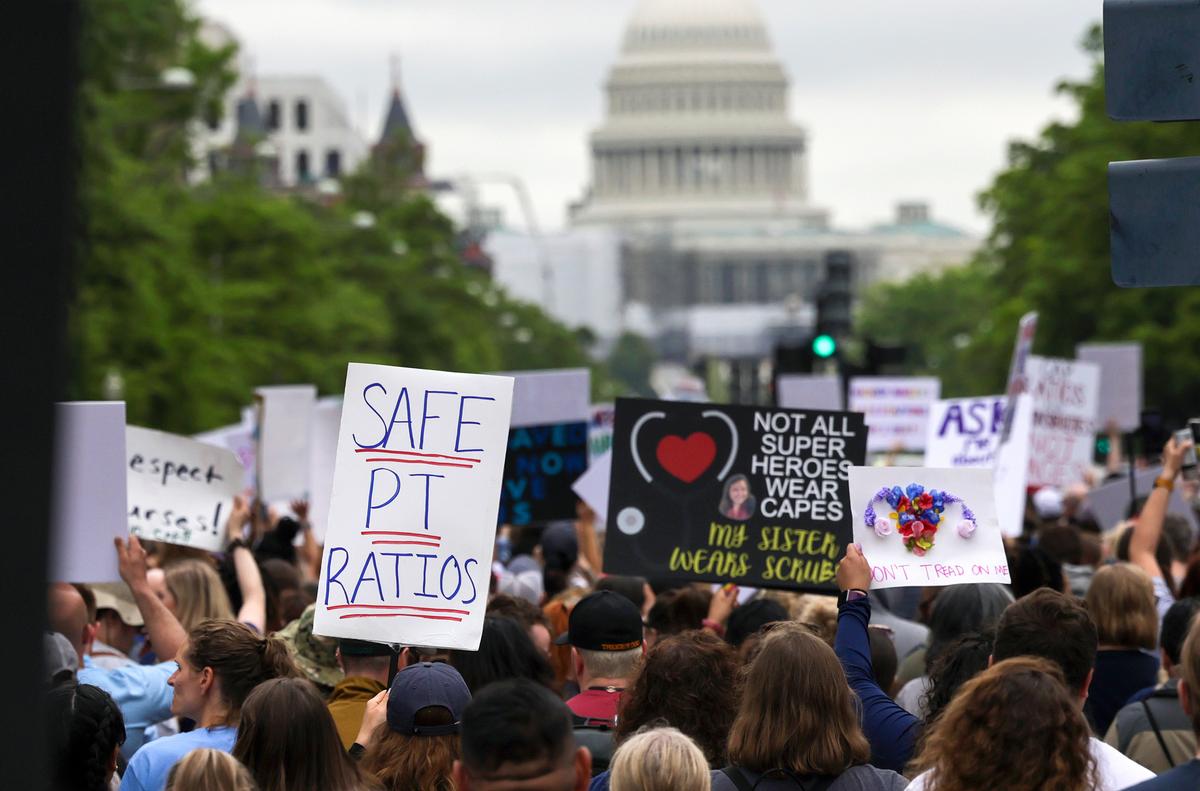
According to Ms. Kennedy, many nurses exceed a safe workload ratio of patients.
“Research shows for every additional patient a nurse is given above the accepted standard, the chances the patient dies within 30 days of hospitalization increases 7 percent,” she wrote. “Those odds double when nurses have two additional patients above the accepted standard.”
Ms. Kennedy pointed to Oregon and Washington, which have enacted nurse-to-patient ratios, as well as 19 states that are lobbying for “safe staffing solutions.”
“Staffing ratios cannot and should not be the only solution to the nursing crisis,” Ms. Kennedy said. “The ongoing workplace challenges nurses face require broader, nurse-driven policies that address the root causes of high burnout and turnover.”
Ms. Brase said the proposed legislation fails to address the core issue.
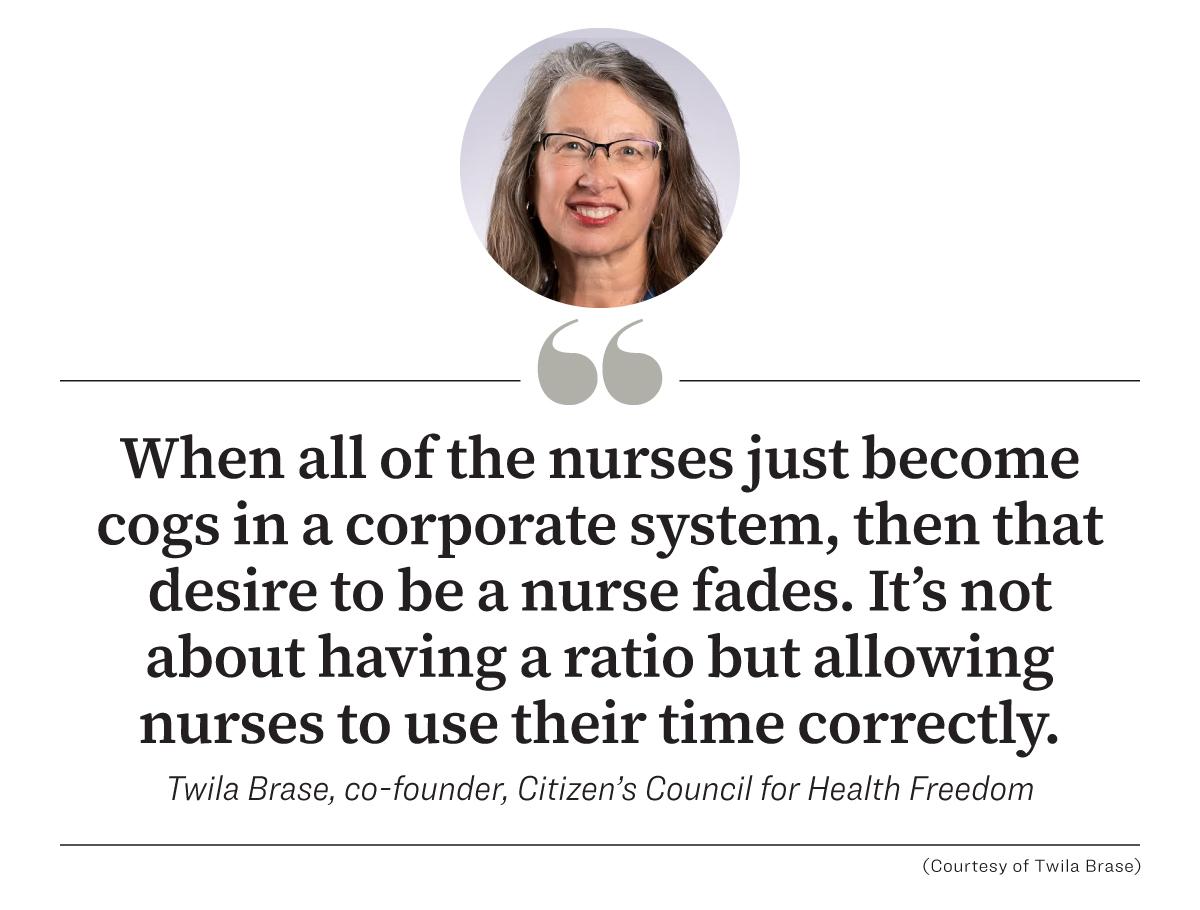
“It’s a Band-Aid on a much larger problem,” Ms. Brase said. “It’s really easy to propose a formula that says there should be one nurse for x number of patients, as if they can just create those nurses out of thin air.”
Cause and effect haven’t been sufficiently investigated and won’t be, she said, because “it’s too big.”
“The fact is the entire health care system is threatened by the corporatization of health care, and when all of the nurses just become cogs in a corporate system, then that desire to be a nurse fades,” she said.
“It’s not about having a ratio, but allowing nurses to use their time correctly.”
Because the corporate system emphasizes paperwork over patients, nurses who chose the occupation to care will start to care less about staying, Ms. Brase said.
“There are a lot of nurses who have left just because they don’t want to be in that heartless, unethical, statistical system anymore,” she said.
‘Slippery Slope’
Priscilla Romans, a former nurse who started Graith Care, a patient advocacy business based in Texas, told The Epoch Times that health care associations, such as the ANA, should be supporting nurses’ rights to make their own medical decisions instead of forcing them to take an experimental drug.
She thinks legislation requiring certain nurse-to-patient ratios would only allow the federal government to bring in more mandates.
“It’s a slippery slope,” she told The Epoch Times.
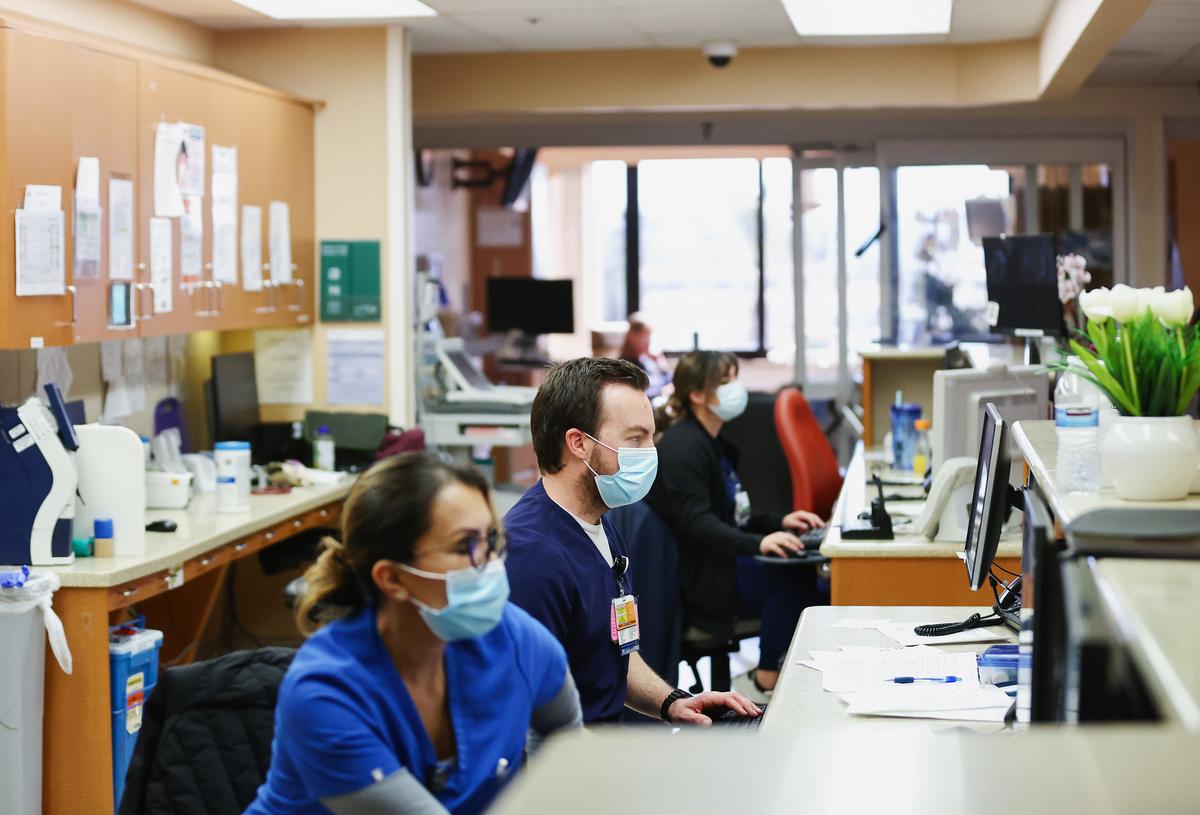
The proposed legislation seems attractive, Ms. Romans said, but it’s asking the federal government to address a problem that it created.
“Now they can come back in and say, ‘We need the federal government to come in and make this better for patients,’” she said. “No, we don’t.”
Those kinds of requirements should be up to the floor level, she said, as well as free market and transparency.
“The legislation says it will provide whistleblower protection for nurses who advocate for their patents,” Ms. Romans said. “Are you kidding me? We can’t even advocate for our own nurses to refuse an injection.”
She also criticized the corporate model that requires nurses to place so much time into data entry, which takes them away from patients.
“They’re checking a lot of boxes that don’t help the patients but cater to the insurance industry,” she said.
The corporate model has criteria that must be met to satisfy bureaucratic requirements that have nothing to do with patient care, she said. One of those requirements became the vaccine.
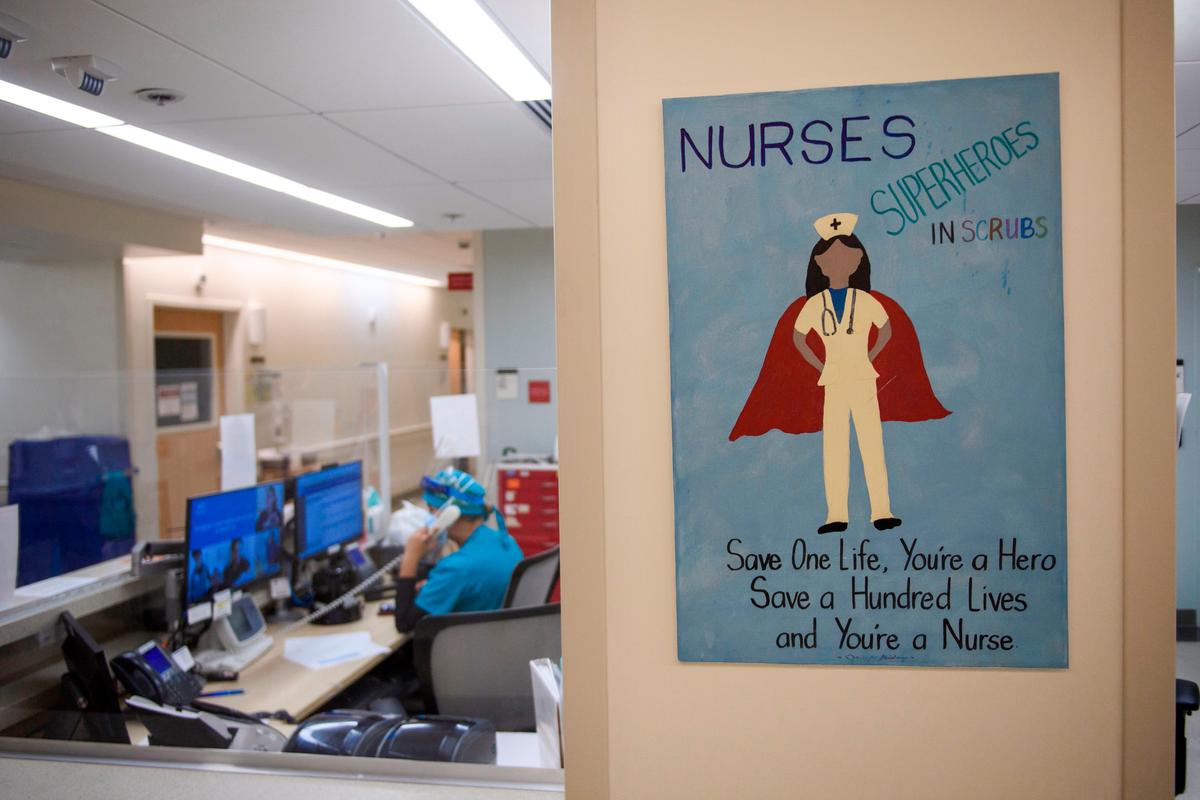
“These health care systems need those numbers to show that they have a high percentage of people vaccinated,” Ms. Romans said.
This then satisfies the pharmaceutical industry’s business model, she said.
“All of this seems like a very big collusion with Big Pharma,” Ms. Romans said.
“We have sick and disabled nurses that we’re helping at Graith Care. Some of them can’t even go back to work. Their lives are destroyed, and their disability will eventually run out. It’s not right. Does the ANA recognize vaccine-injured nurses? Why aren’t they advocating for those people?”

